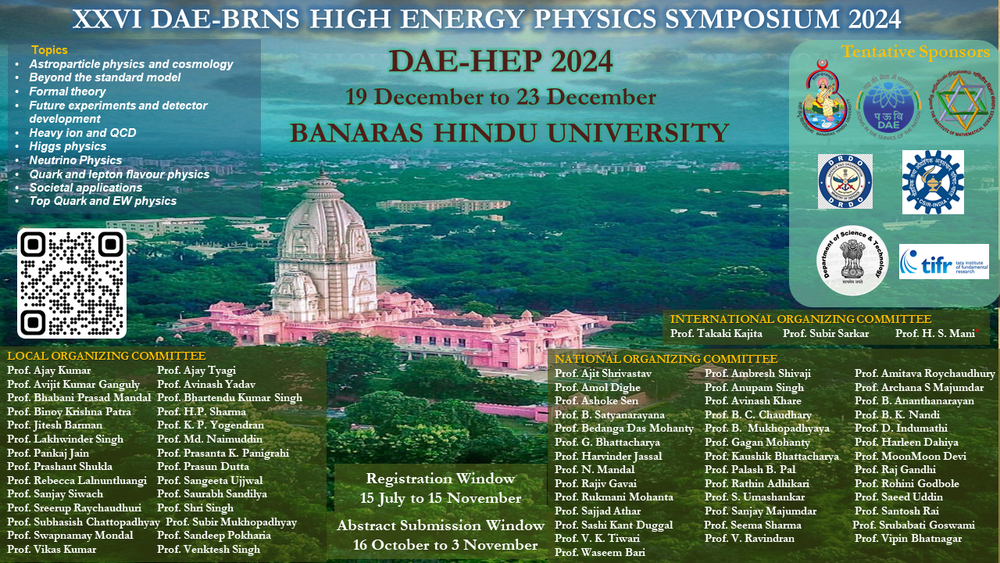Speaker
Description
In the perturbative regime of quantum chromodynamics (QCD), exclusive diffractive processes, like exclusive vector meson production, are great ways to look into the structure of hadrons. The HERA accelerator facility explored the exclusive process involving light and heavy vector mesons, $e p \rightarrow e V(V=J/\Psi,\rho,\phi)$. This work focuses on the theoretical prediction of exclusive $J/\psi$ and $\rho^0$ vector meson generation. We employ an analytical solution of the Balitsky-Kovchegov (BK) equation to get the differential and total cross-sections of $J/\Psi$ and $\rho^0$ vector mesons using the color dipole description of deep inelastic scattering (DIS). We also show how $Q^2$ affects the ratio of longitudinal to transverse cross-section for $J/\Psi$ and $\rho^0$. Two favored vector meson wave function models—Boosted Gaussian (BG) and Gaus-Light Cone (Gaus-LC)—that show a slight sensitivity to the specified vector meson wave functions are included in our analysis. Our theoretical predictions are in good agreement with known experimental data for vector meson production. For the theoretical prediction of exclusive vector mesons within a certain range of $Q^2$, the analytical solution of the BK equation turns out to be reliable.
| Field of contribution | Phenomenology |
|---|

